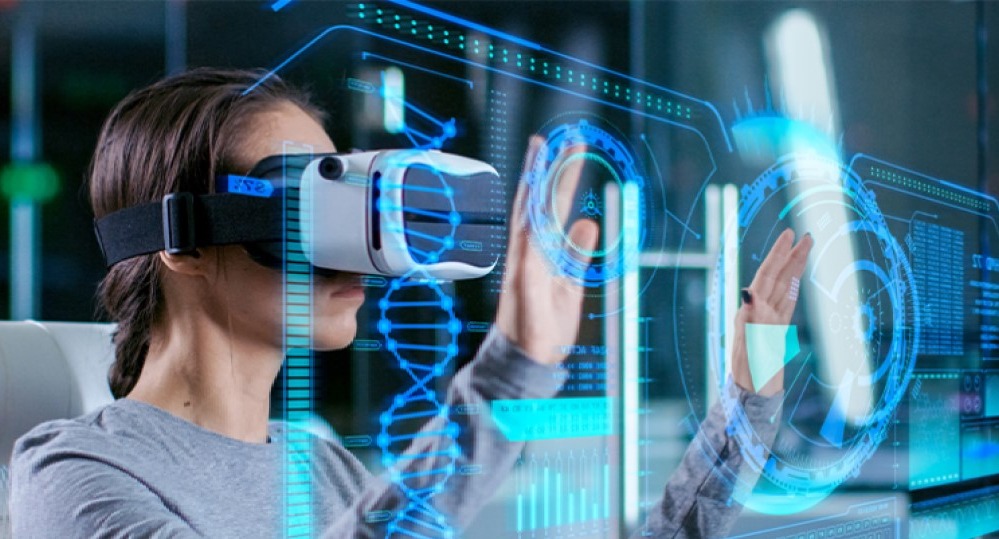Wearable Sensing and Haptics Technology for Virtual Reality (VR)

KEY INFORMATION
TECHNOLOGY OVERVIEW
This technology portfolio covers wearable sensing and haptics for Virtual Reality (VR).
The wearable sensors can provide gesture-based control in VR without the need for cameras, providing interactive control for VR for lower end headset. The sensor use electronic textiles and a patented sensing scheme that requires no additional electronics except a microcontroller. They present ultralow latency (<1ms), can distinguish between wearer and non-wearer and have exceptional noise rejection.
The haptics technology allows for simulation of resistance and micro sensations on the fingers and palm. This is crucial for applications like surgical training, as surgeons routinely rely on their sense of touch in real world scenarios.
The jamming technology uses textile-based actuators and pneumatics, making it the lightest wearable technology for haptics.
TECHNOLOGY FEATURES & SPECIFICATIONS
Sensing: Textile-based wearable sensors woven into gloves. Custom microcontroller mounted on the glove. Proprietary signal conditioning and processing algorithm.
Haptics: 3D-printec micro haptics actuators, as well as 3D printed+ fabric-based jamming actuators.Pnuematics pressure source, valves and control box.
VR-based training is the main target for the haptics. The tech owner has signed LOIs with studios with downstream medical clients.
The patented sensing methods allows for ultralow latency (<1ms) sensing with almost no hysteresis, which is unique in case of wearable soft sensors. This makes them ideal for use in applications like gaming and other wearable input devices, where other soft sensor leave a lot to be desired for a good user experience.
POTENTIAL APPLICATIONS
Sensing: Gaming and VR interaction- without the need for extra cameras: the wearable sensing provides a cheaper alternative to additional headset cameras.
Haptics: Medical training professionals- haptics is crucial for applications like surgical training where dexterity needs to be trained. Current applications of VR can only train procedures.
Market Trends & Opportunities
XR based training is becoming popular as it saves up to 80% cost compared to traditional methods and improves retention by up to 4x. The market for XR hardware is already a S$2.6B market and growing rapidly. The market is project to grow 40-50% YOY over the next 5 years. This is greatly being aided by addition of application layers such as OpenXR that allow for cross-compatibility between hardware such as the devices we are building.
Unique Value Proposition
The sensor can distinguish between wearer and non-wearer, has exceptional noise resistance, and the system has extremely low power consumption owing to the sensing method used. The jamming haptics technology uses fabric-based jamming which is the lightest in-class for wearables. This makes it ideal for applications where dexterity is requited- such as VR surgical training. The micro-haptics uses 3D printed designs that supply higher force output at lower pressures due to their patented multi-layer design.
